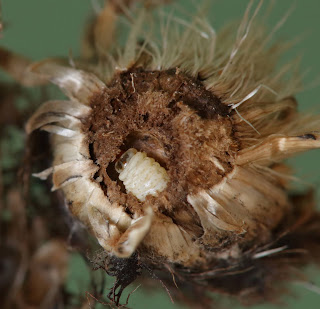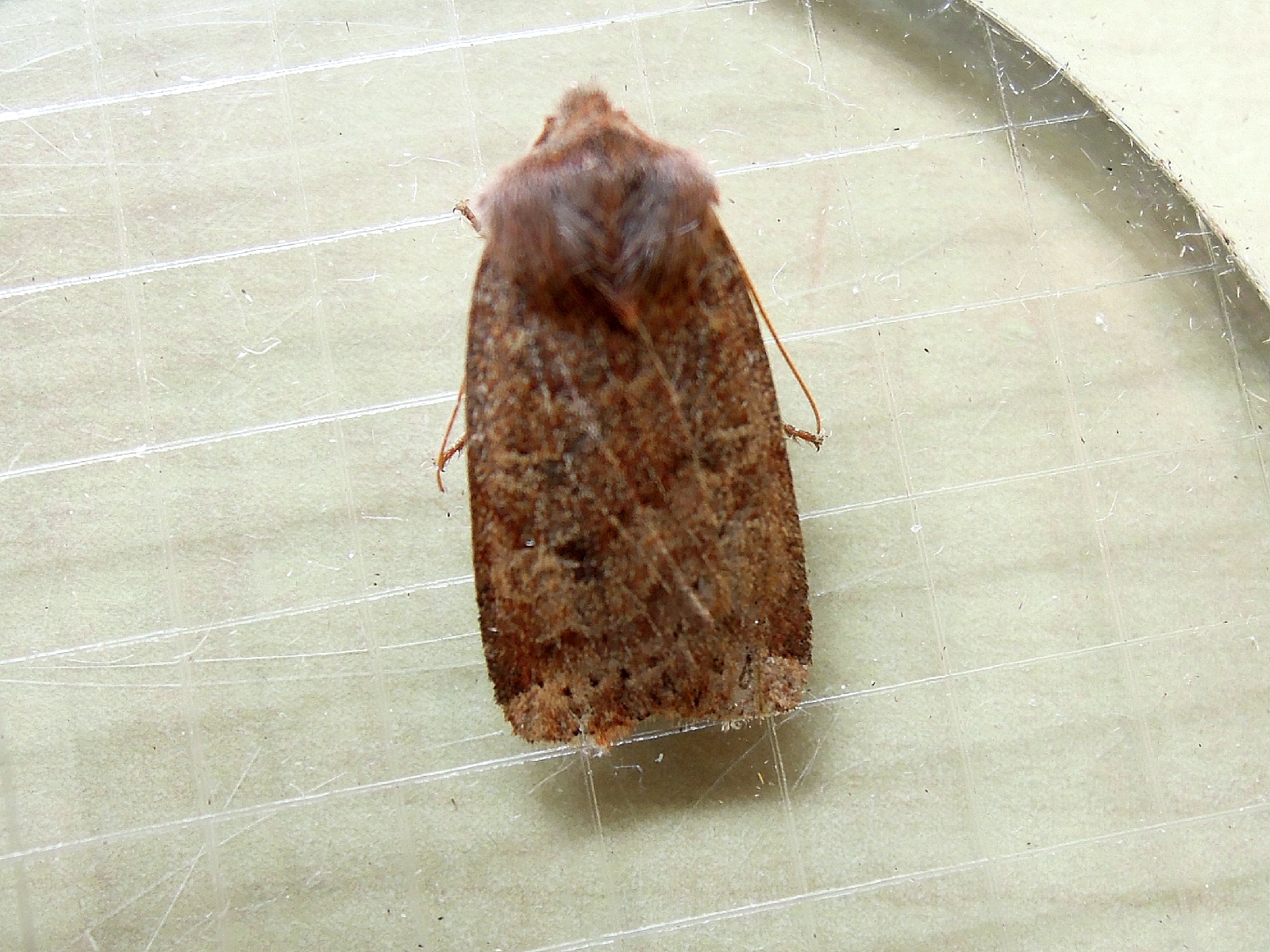 |
| Water Carpet, Finemere Wood 30th March |
Wednesday, 31 March 2021
Finemere Wood, Bucks
Tuesday, 30 March 2021
Bernwood Forest, Bucks
 |
| Frosted Green, Bernwood 29th March |
Tilehurst, Berks Query
Sunday, 28 March 2021
Micro-moths for beginners
A guide designed for those starting out on moth identification and recording in our area has been available over the past year at the BC-UTB website: https://www.upperthames-butterflies.org.uk/moths_for_beginners. The guide can be freely downloaded as a set of PDF files. Initially the guide covered only macro-moths, but recently I have added a further PDF file giving a short introduction to micro-moths. This illustrates aspects such as where to find micro-moths and some tips on how to start identifying these, as well as listing other resources available to help the beginner. So have a look at this if you are tempted to go beyond macro-moth identification and recording and/or let others know if they would potentially benefit from the guide.
Additionally, Peter Cuss has recently written a 'Beginners guide to moth trapping' which is similarly available and listed alongside these files.
John Thacker, Harwell
Saturday, 27 March 2021
Oak Phyllonorycters
With apologies to Phil for the delay, here are some pictures of the mines of Phyllonorycters on fallen oak leaves to help others planning to search for them.
 |
| Phyllonorycter harrissella |
 |
| Phyllonorycter quercifoliella |
Another thing to look out for around Oaks are the mines of Zimmermannia (formerly Ectoedemia) longicaudella/atrifrontella. After Dave's prompting, I've been keeping an eye out in Bernwood and have found them wherever I've looked (in the Oxfordshire part of the forest too), so they're probably lurking elsewhere. The mines are formed under the silvery bark of young growth. I've found them on the trunks of young trees (as low as a foot above ground level, and as high as a metre above my head) up to about 10cm in diameter, and the lower branches of older ones (3-6cm diameter). Basically every young tree on the way out from the Oakley Wood car park had some mines when I checked the other day. Unfortunately it seems the two species can't be separated on the basis of their mines, but I might have a go at breeding them.
 |
| Zimmermannia longicaudella/atrifrontella mine |
Unexciting caterpillar
I have only run the light a few times since last posting, adding Early Grey to my slowly-expanding year list. But this caterpillar or grub joined me in the garden and, needless to say, is beyond my powers of ID. The thing which looks like a telescope is a felt-tip pen which I hope gives some idea of scale. Many thanks for any help and meanwhile, hoping for warmer nights. Martin Wainwright, Thrupp, Oxon
Friday, 26 March 2021
Westcott, Bucks
 |
| Probable Caloptilia elongella, Westcott 24th March |
 |
| Oak Nycteoline, Westcott 21st March |
 |
| Pale Pinion, Westcott 24th March |
 |
| Common Footman larva, Westcott 21st March |
Thursday, 25 March 2021
Just a little bit early!
The moth shown below was unexpectedly found indoors at Ched George's house in Radnage, Bucks this morning. Fern shouldn't be on the wing until May so this one has appeared several weeks earlier than normal.
 |
| Fern, Radnage 25th March |
Ched believes it will have flown in when the front door was opened rather than have emerged indoors. He has the larval food-plant Traveller's Joy Clematis vitalba in the front garden and some recent fencing renewal work adjacent to it may have caused sufficient disturbance to prompt this early emergence.
From the photo it appears closer to Fern Horisme tersata rather than the recently-arrived Cryptic Fern Horisme radicaria but it will undergo genitalia examination anyway because that is the only safe way to tell them apart. During the 2020 flight period a number of specimens in Bucks were dissected in the search for the new species but all proved to be tersata. So far as we're aware radicaria has still only been found in Kent and Sussex.
Another Night at the Museum
A light in the same place as the other week at my workplace produced a far lower number of moths but new for my year list were Water Carpet, Early Grey and a rather tatty and faded Dotted Chestnut.
Dave Morris
Chalfont St Giles
Electrical issue
Hi All. The last several times I've put my actinic Robinson trap out, it's seemed to work well (in terms of staying on -- it's not as though it's caught very much) until I've turned in; but I've got up in the morning to find it's tripped the circuit it's plugged in to (and since the outside plug circuit is also the one our fridge-freezer is on, that's a little inconvenient). Has anybody else had similar problems? I suspect what it means is I need a new fusebox for the actinic bulb... but if anyone has any less expensive suggestions, I'd be more than grateful!
Steve Goddard
Wednesday, 24 March 2021
Tawny Pinion
Monday, 22 March 2021
Indoor Mothing
Only one species, but a new one for my indoor list; a slightly early Esperia sulphurella at work today.
Dave Morris
Chalfont St Giles
A caterpillar question
I found this caterpillar when moving some leaf mould at the end of February. Therefore no idea what it was feeding on. Any suggestions welcome.
Andy Newbold, Sibford Ferris, Oxon.
Acleris sp
Trapped last night in woodland at Combe, Oxon. A rather sorry looking specimen. I had wondered about A. kochella or perhaps A. logiana.? Any help would be appreciated.... Thanks.
Clouded Drab confirmation
I think this one is a Clouded Drab but I am not 100% sure looking at the antennae.
Andy Newbold, Sibford Ferris, Oxon.
Sunday, 21 March 2021
Northern Drab
Northern Drab was a new moth for the garden (Goring Heath, south Oxfordshire) on a good night with 12 species (all macros) including Early Tooth-striped, Dotted Chestnut, Brindled Pug, Yellow Horned and over 100 Small Quakers.
Friday, 19 March 2021
Back in action
Westcott, Bucks
 |
| Acleris ferrugana/notana, Westcott 15th March |
 |
| Acleris literana, Westcott 14th March |
 |
| Small Brindled Beauty, Westcott 12th March |
 |
| Lead-coloured Drab, Westcott 18th March |
 |
| Powdered Quaker, Westcott 18th March |
Wednesday, 17 March 2021
Tilehurst, Berks Query
Tuesday, 16 March 2021
Mottled Grey
Further to your post on species to look out for, Dave, I hope you don't mind me reminding folk that there is a potential confusion-species that is certainly found around now in the area: Early Tooth-striped:
Finally underway at the museum.
Had a chance to leave at light at COAM last night, to get my spring moth list underway.
Nothing spectacular but most numerous were Small Quaker and I had Streamer and Twin-spotted Quaker, both species I failed to catch up with last year.
I'm also wondering about this, if anyone can help with an id?
Dave Morris
Chalfont St Giles
Monday, 15 March 2021
One of the Crambinae?
Whilst cutting back hypericum in my garden last week I disturbed this which looks to me like one of the crambinae grass veneers but an odd time of year isn't it? I get a lot of agriphila in our garden during the summer so is this a very faded one or something quite different?
Saturday, 13 March 2021
First moth in my new house
This moth suddenly appeared in my living room the other night. An Angle Shades, I believe, which I haven't seen before. So very pleased with this good start.
Jacqui, Bledlow
Friday, 12 March 2021
Winter Early Stages
 |
| Phyllonorycter ulicicolella larva in the mine |
 |
| Bucculatrix nigricomella mine |
 |
| Old Orange-Tailed Clearwing gall |
 |
| Metzneria metzneriella larva |
Westcott, Bucks
 |
| Mompha species, Westcott 6th March |
 |
| Agonopterix ocellana, Westcott 8th March |
 |
| Oak Beauty, Westcott 8th March |
 |
| Red Chestnut, Westcott 11th March |



























